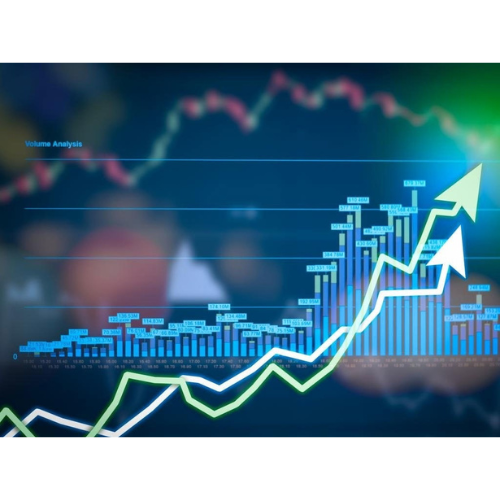Argentina’s Economic Rebound: Why the World Bank’s 2025 Forecast Is a Turning Point
Despite years of volatility, Argentina is poised for a comeback. According to the World Bank’s latest report, the country’s economy is projected to grow by 4.6% in 2025, a significant rebound from the 1.3% contraction in 2024. While this figure marks a slight downgrade from previous estimates of 5.5%, it still places Argentina among the top performers in Latin America, second only to Guyana.
A Snapshot of the Forecast
The World Bank’s October 2025 report paints a cautiously optimistic picture for Argentina:
- 2025 GDP Growth: 4.6% (down from 5.5%)
- 2024 GDP Performance: -1.3% contraction
- Regional Comparison: Argentina outpaces Brazil (2.4%) and Mexico (0.5%)
- Key Growth Drivers: Agriculture recovery, improved consumption, rising investment, and fiscal discipline
While the downgrade may raise eyebrows, the broader context reveals a country on the mend, driven by structural reforms and a renewed focus on macroeconomic stability.
Agriculture Leads the Way
One of the primary engines behind Argentina’s projected growth is the recovery of the agricultural sector, which suffered heavily during recent droughts and export restrictions. With improved weather conditions and policy shifts under President Javier Milei’s administration, agricultural exports are expected to surge.
This rebound is crucial for foreign currency inflows, which help stabilize the peso and reduce pressure on the Central Bank’s reserves.
Consumption and Investment Show Early Signs of Life
The World Bank notes “early signs of improvement in private sector consumption and investment,” supported by Milei’s stabilization plan, which includes:
- Lower inflation
- Fiscal surplus
- Reduced public spending
- Market-friendly reforms
These measures have begun to restore investor confidence, attract foreign capital, and encourage domestic businesses to reinvest. While challenges remain, the momentum is shifting in favor of growth.

Fiscal Discipline: A Game-Changer
Argentina’s commitment to fiscal consolidation is one of the most praised aspects of the report. The country has achieved fiscal surpluses, a rare feat in the region, and a sign of serious intent to break from past cycles of debt and inflation.
This discipline sets Argentina apart from its neighbors and positions it as a more attractive destination for international investors and lenders.
Why the Downgrade?
The World Bank’s revision from 5.5% to 4.6% reflects a more realistic assessment of global and domestic headwinds:
- Global slowdown: Falling commodity prices and weak external demand
- Uncertainty in financial support: Delays in U.S. backing and IMF negotiations
- Domestic fragility: Political tensions, inflationary inertia, and social unrest
Despite these risks, the 4.6% forecast remains above local estimates, such as the Central Bank’s REM survey, which predicts 3.9% growth.
Where Is Argentina Headed?
1. Short-Term Outlook (2025–2026)
If current policies hold, Argentina could consolidate its recovery and maintain growth above regional averages. Key sectors to watch include:
- Energy: Vaca Muerta and lithium projects
- Technology: Software exports and fintech
- Agroindustry: Value-added food products
2. Medium-Term Challenges
To sustain growth, Argentina must address:
- Labor market rigidity
- Education and productivity gaps
- Infrastructure bottlenecks
- Currency volatility
3. Long-Term Potential
With the right reforms, Argentina could become a regional leader in innovation and exports, leveraging its human capital, natural resources, and entrepreneurial spirit.
Regional Context: Latin America’s Slow Lane
The World Bank projects 2.3% growth for Latin America in 2025, making it the slowest-growing region globally. Argentina’s 4.6% stands out, especially as Brazil and Mexico lose momentum.
This contrast highlights Argentina’s potential to lead the region, provided it continues on its reform path and secures international support.
Argentina’s 2025 growth forecast may have been trimmed, but the fundamentals are improving. With fiscal discipline, sectoral recovery, and early signs of investment, the country is on a path toward stabilization and renewal.
